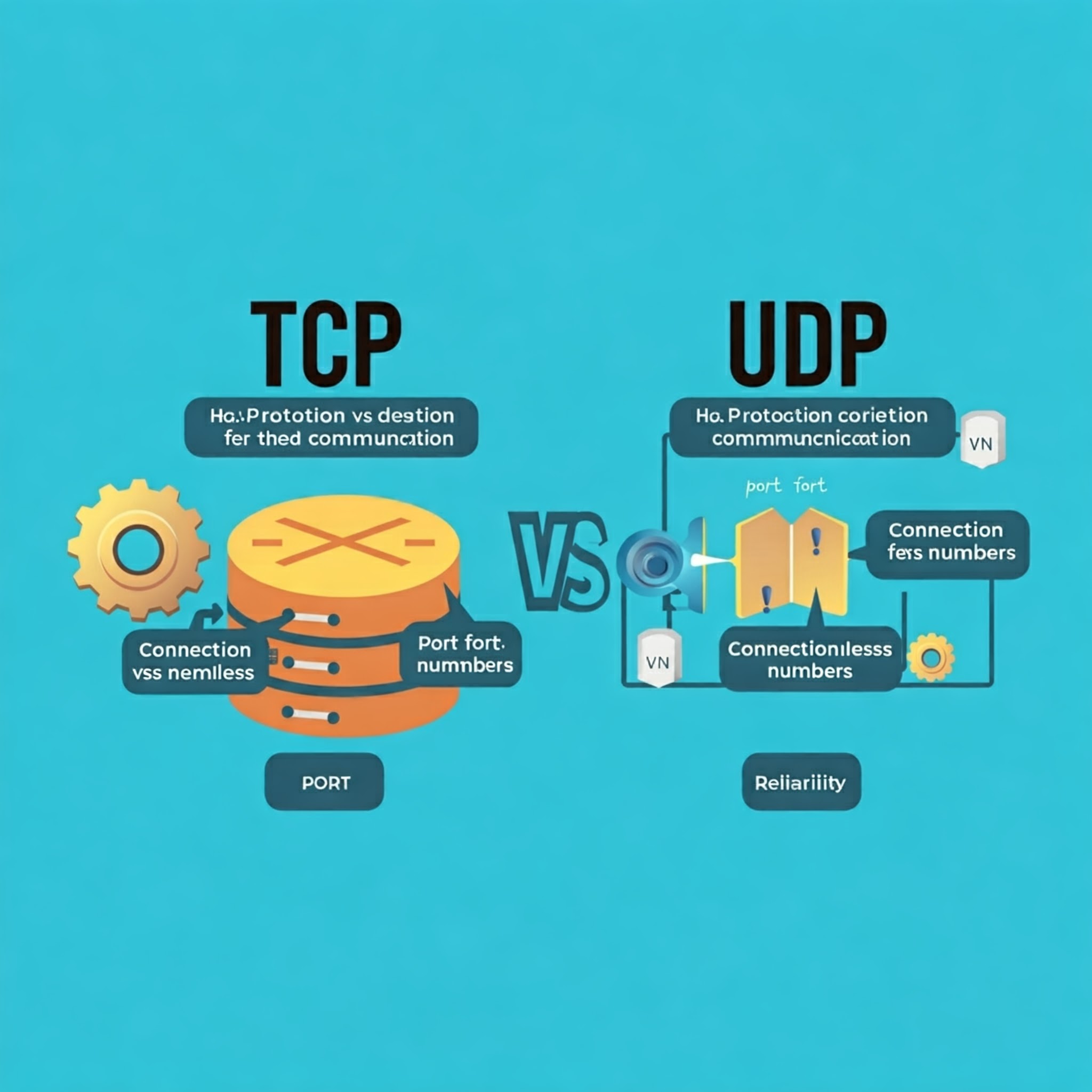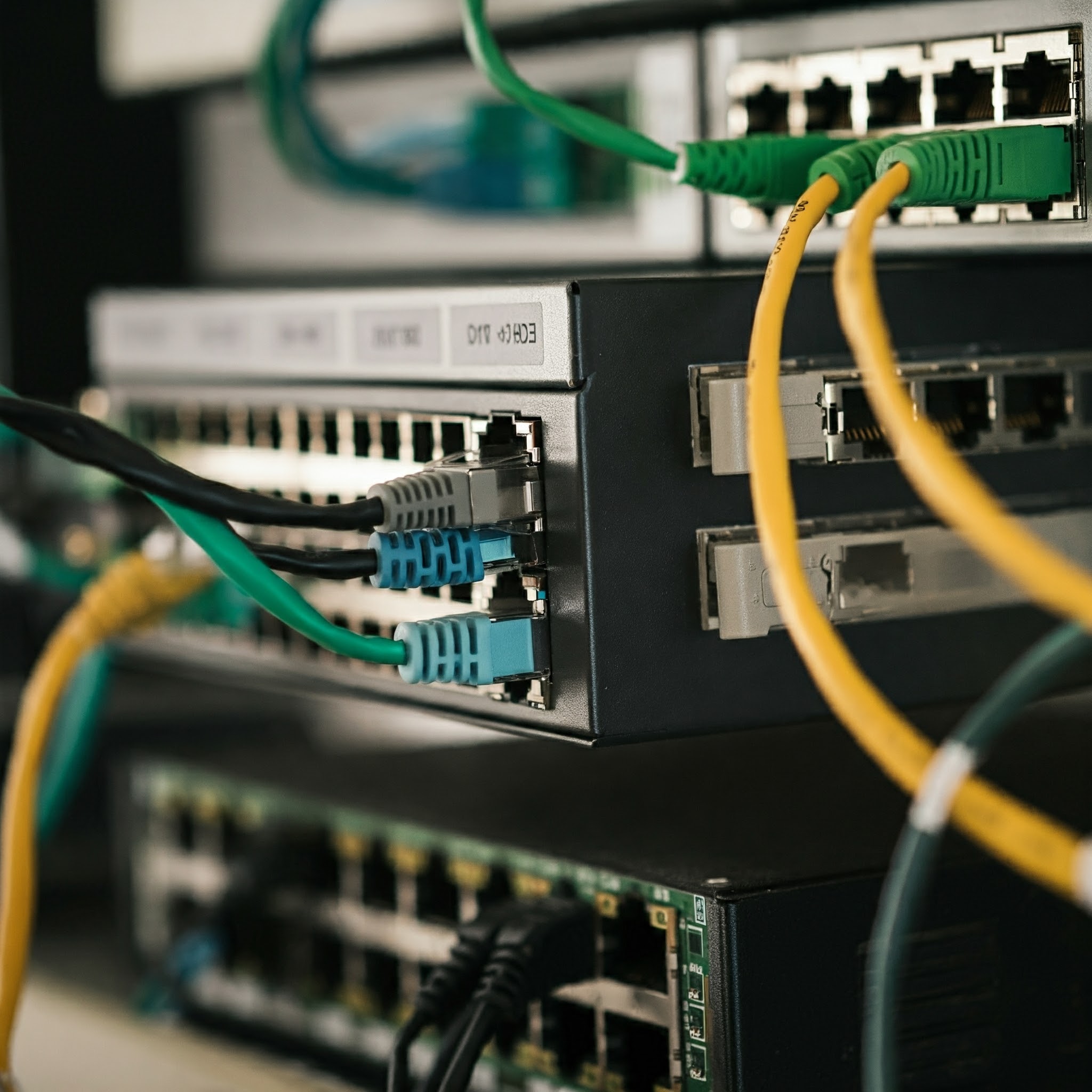Understanding the IP Suite and Its Layers
The IP suite uses encapsulation to provide abstraction of protocols and services. Generally, a protocol at a higher level uses a protocol at a lower level to help accomplish its aims. The internet protocol stack can be roughly fitted into the four fixed layers shown before.
Application Layer
This layer is broadly equivalent to the application, presentation, and session layers of the OSI model. It gives an application access to the communication environment. Examples of protocols found at this layer are Telnet, FTP (File Transfer Protocol), SNMP (Simple Network Management Protocol), HTTP (Hyper Text Transfer Protocol), and SMTP (Simple Mail Transfer Protocol). An application is a user process cooperating with another process usually on a different host (there is also a benefit to application communication within a single host). The interface between the application and transport layers is defined by port numbers and sockets.
Transport Layer
The transport layer is similar to the OSI transport model but with elements of the OSI session layer functionality. This layer provides an application layer delivery service. The two protocols found at the transport layer are TCP (Transmission Control Protocol) and UDP (User Datagram Protocol). Either of these two protocols is by the application layer process, the choice depends on the application’s transmission reliability requirements. The transport layer provides end-to-end data transfer by delivering data from an application to its remote peer. Multiple applications can be supported simultaneously.
Transmission Control Protocol (TCP)
The most-used transport layer protocol is the Transmission Control Protocol (TCP), which provides connection-oriented reliable data delivery, duplicate data suppression, congestion control, and flow control. TCP is a reliable, connection-oriented protocol that provides error checking and flow control through a virtual link that it establishes and finally terminates. This gives a reliable service, therefore TCP would be utilized by FTP and SNMP File transfer and email delivery have to be accurate and error-free.
User Datagram Protocol (UDP)
UDP is an unreliable, connectionless protocol that provides data transport with lower network traffic overheads than TCP. UDP does not error check or offer any flow control, this is left to the application process. SNMP uses UDP. SNMP is used to monitor network performance, so its operation must not contribute to congestion.
| Protocol | Characteristics | Use Case |
|---|---|---|
| TCP | Reliable, connection-oriented | File transfer, Email |
| UDP | Unreliable, connectionless | Network performance monitoring |

Network Layer or Internet Layer
This layer is responsible for the routing and delivery of data across networks. It allows communication across networks of the same and different types and carries out translations to deal with dissimilar data addressing schemes. The internetwork layer, also called the internet layer or the network layer, provides the “virtual network” image of the internet. Internet Protocol (IP) is the most important protocol in this layer.
Key Protocols
- IP (Internet Protocol): A connection-less protocol that doesn’t assume reliability from lower layers.
- ICMP (Internet Control Message Protocol): Used to transmit diagnostic information about IP transmission.
- IGMP (Internet Group Management Protocol): Used to manage multicast data.
| Protocol | Function |
|---|---|
| IP | Basic task of getting packets from source to destination |
| ICMP | Diagnostic information about IP transmission |
| IGMP | Managing multicast data |
Layers 2 and 1 (Network Access Layers)
The combination of the data link and physical layers deals with pure hardware (wires, satellite links, network interface cards, etc.) and access methods such as CSMA/CD (carrier sensed multiple access with collision detection).
Ethernet
Ethernet exists at the network access layer – its hardware operates at the physical layer and its medium access control method (CSMA/CD) operates at the data link layer. The network interface layer, also called the link layer or the data-link layer, is the interface to the actual network hardware. This interface may or may not provide reliable delivery, and may be packet or stream-oriented.
Key Components
- Network hardware: Network interface cards, etc.
- Physical components: Hubs, Repeaters, Network cables, Fiber optic cables, Coaxial cables.
| Layer | Components |
|---|---|
| Data Link | Network hardware, Network cards |
| Physical | Hubs, Repeaters, Network cables |
Virtual Private Network (VPN)
The link layer can also intercept packets to be sent over a VPN. The data is then considered application data and proceeds back down the IP stack for actual transmission. On the receiving end, the data goes up the IP stack twice (once for the VPN and the second time for routing).
Physical Layer
The physical layer consists of the actual physical network components such as:
- Hubs
- Repeaters
- Network cables (fiber optic, coaxial)
- Network cards
- Host Bus Adapter cards
- Associated network connectors (RJ-45, BNC)


